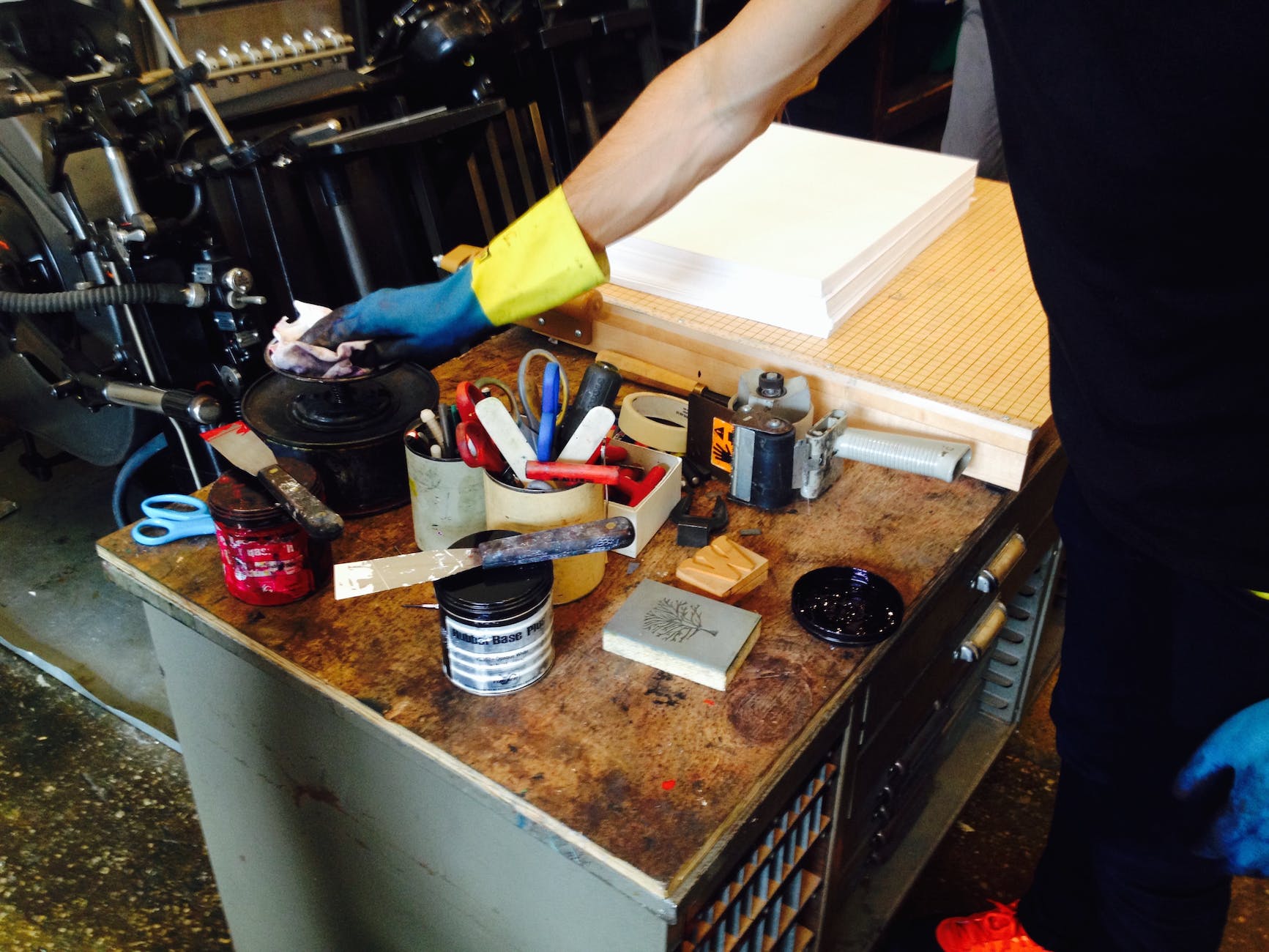
Copyright Orphan Works Guide by Lawyers online
Publishing copyrighted works without the identity of the accused being revealed has become rampant nowadays. Because of this, there are problems with getting permission and use of materials without the
Trademark registration is an important step for any company or individual seeking to establish and protect their brand identity and reputation in the marketplace. Among other things, it provides legal protection, establishes brand recognition, and adds value to your business.
In this article, we look at 10 common mistakes or pitfalls in trademark registration and how to avoid them.
Prosper Law offers trademark registration and intellectual property law services. We provide legal advice across Australia. Would you like a fixed-fee, no-obligation quote from a trademark and intellectual property lawyer? Contact us at enquiry@prosperlaw.com.au or phone 1300 003 077.
Failing to conduct a comprehensive trademark search can lead to legal disputes and even trademark infringement lawsuits. Ensuring that no one else has registered or is considering registering the trademark is critical.
Before filing a trademark application, you must conduct a thorough search to ensure that no one else has registered or is in the process of registering the trademark. You can conduct a search using the Australian Trademarks Online Search System (ATMOSS) or hire a trademark attorney or agent to conduct a more thorough search.

When another company uses a mark in a similar manner, it becomes non-unique. This can lead to consumer confusion and dilute the distinctiveness of your brand.
In a similar way, where a mark is too descriptive or generic to be a trademark, it is considered non-distinctive.
A trademark registration of a new computer company as “Apple” is a non-unique mark since it is associated with Apple Inc, a well-known technology company. Whereas, the term “Online Store” would be too generic to be registered as a trademark for an online retail business.
It is critical to note that choosing a non-unique or non-distinctive mark can be a costly mistake for businesses. To prevent this, it is important to conduct a thorough search of existing trademarks to ensure that your chosen mark is not already in use by another company. Also, you must ensure that the mark is used consistently and prominently in all of your branding and marketing efforts.
In doing so, you can build strong trademark rights that can help protect your brand identity and reputation.
Another common mistake businesses make when registering for trademarks is improperly classifying goods and services.
Its implication, aside from a possible rejection of your application, you may not have full trademark protection for those goods or services.

To avoid this mistake, you must carefully review and understand the goods and services classifications before submitting your trademark application. You can also consult the Nice Classification system, which is the international standard for classifying goods and services.
You must use your trademark in commerce in connection with the goods or services for which you are seeking trademark protection in order to obtain and maintain trademark protection.
It is necessary to use your trademark consistently and prominently in all of your marketing and branding efforts. This includes using your trademark on products, packaging, and marketing materials, as well as on your website and social media accounts.
You must also ensure that you meet the legal requirements for use in commerce. For example, if you are using a trademark for a service, you must actually provide that service in order for your use of the trademark to qualify as use in commerce.
It is a mistake to file an incomplete or inaccurate application of trademarks. This includes unclear descriptions of the goods and services for which you are seeking trademark protection, not providing a specimen of the mark, and not paying the appropriate fees.
In order to prevent these, you must be familiar with the trademark application requirements in Australia. It is crucial to ensure that you have a clear understanding of the application process to avoid errors and omissions that could delay or hinder the application process.

You shall also make sure that the description of each good or service clearly and accurately reflects what that of what you offer. The use of specific and concise language and avoidance of vague or overly broad terms are necessary.
The sample that represents how your mark is being used in commerce, such as a label or a tag, is known as the ‘specimen’. It is important to ensure that the specimen accurately reflects the mark as it is used in commerce.
Finally, make sure that you pay the appropriate fees and include all required payments with your application. These fees vary depending on the type of application you are filing and the number of classes of goods and services you are applying for.
Once you have obtained a trademark, it’s important to monitor it for potential infringement by other parties. This includes monitoring trademark databases, marketplaces, and social media platforms for any unauthorized use of your trademark by other businesses or individuals.
In order to do so, you shall establish a trademark monitoring plan and consistently monitor your trademark for potential infringement. Part of it is regularly reviewing trademark databases, marketplaces, and social media platforms for unauthorised use of your trademark.
Discovering unauthorized use of your trademark requires swift and immediate action, which may include alternative dispute resolution or legal action. It is essential to take prompt action to protect your trademark rights and prevent further unauthorized use of your mark. Therefore, it is important to have a plan in place for addressing any potential infringement of your trademark.
Trademark registrations are not permanent. The registration is valid for an initial period of 10 years, after which it must be renewed every 10 years to remain in force.
If you fail to renew your trademark registration on time, there may be a grace period during which you can still renew the trademark, but this period is typically short and may involve additional fees. It’s best to renew your trademark registration on time to avoid any unnecessary complications or expenses.
The representation of your trademark in the trademark application is critical to the strength of your trademark. The representation includes the trademark’s design, style, font, color, and other visual elements that make up the trademark. These elements should be distinctive and unique to your business, and they should accurately represent your trademark.

You must consistently represent your trademark in all your marketing materials, such as websites, social media, and advertising. This ensures that your brand is consistently and accurately represented to the public, which can help to establish and maintain brand recognition and goodwill.
If the trademark you choose is already registered in another country, you may be prevented from using that trademark in that country, or you may be forced to rebrand your business in that country. This can be a costly and time-consuming process, and it can damage your brand reputation.
To reiterate, you must conduct a thorough search for similar trademarks in other countries where you plan to do business before registering your trademark.
To search for the trademark’s international availability, you can seek the assistance of a trademark lawyer. They can help you do this through the Madrid Protocol, which is an international system for registering trademarks in multiple countries with a single application.
Trademark law constantly evolves. If a business fails to keep up with changes in trademark law, it may miss important updates that affect its trademark rights.

One way to stay informed about changes in trademark law is to subscribe to legal newsletters or online publications that cover trademark law.
If you are uncertain about how changes to trademark law may impact your business, consulting with an experienced trademark lawyer is another option.
A knowledgeable lawyer can provide valuable guidance and keep you informed about changes in trademark laws at the local, state, and federal levels, as well as any global developments that may impact your trademark rights. By working with a qualified lawyer, you can take proactive steps to protect your trademark and ensure its continued success.
Trademark registration is a vital aspect of protecting a business’s brand. However, there are numerous common pitfalls in trademark registration that can result in costly legal battles, the loss of trademark rights, or the inability to enforce trademark rights.
Businesses can ensure the protection of their trademarks and the ability to enforce their trademark rights in the future by avoiding these common mistakes. This will not only save time and money but will also help to maintain the value and reputation of the brand in the marketplace.
Prosper Law is a fixed-fee law firm. We provide trademark and intellectual property legal advice for an upfront, fixed price.
If you need a trademark and intellectual property lawyer that will work with you, contact us today for a no-obligation quote.
PROSPER LAW – Australia’s Online Law Firm
P: 1300 003 077
Liked this? Try Why Do Construction Contracts Need A Contract Lawyer?
We provide legal advice to business and individuals across Australia, no matter which State or Territory you are located. Our easy-to-access, online legal services mean that you can talk to our lawyers wherever you are, at a time that suits you.
4.5
Google Reviews

Don’t hesitate – reach out for your free legal assistance today. Your peace of mind is just a click or call away!

Publishing copyrighted works without the identity of the accused being revealed has become rampant nowadays. Because of this, there are problems with getting permission and use of materials without the

Owning copyright gives the owner a right to grant licences to that copyright. A person who receives certain rights may also possess the right to grant a license. Copyright ownership

An intellectual property licence agreement describes how and when a person is granted rights to use intellectual property. The licence agreement may also set out the purpose for which IP